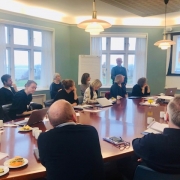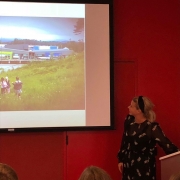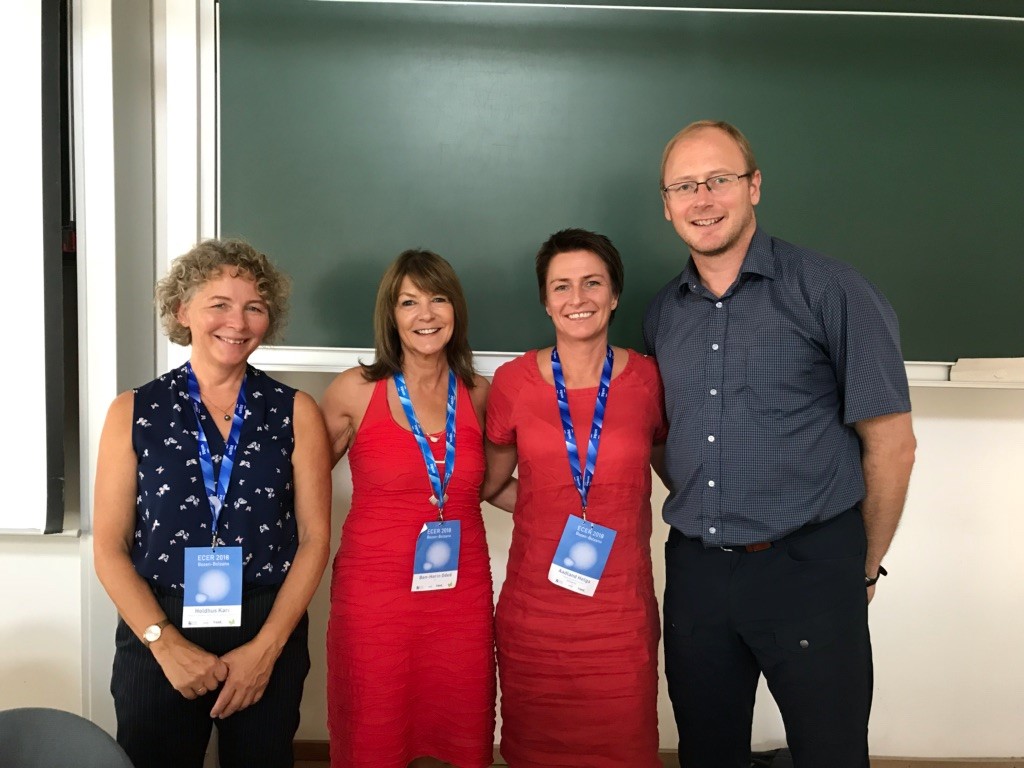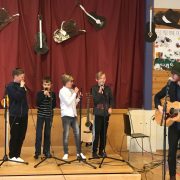Rosetta’s Stone» reaches the American Prize semi-finals
The American Prize has announced that Rosetta’s Stone is a SEMI-FINALIST composer in the OPERA/THEATER/FILM/DANCE divisions, 2018-19. The opera Rosetta’s Stone is a collaboration between the composers John G. Bilotta and Jostein Stalheim and librettists Oded Ben-Horin and John McGrew.
The American Prize is a series of new, non-profit national competitions in the performing arts providing cash awards, professional adjudication and regional, national and international recognition for the best recorded performances by ensembles and individuals each year in the United States at the professional, college/university, church, community and secondary school Levels.
Learn more (in Norwegian)
http://www.ballade.no/sak/nevrovitenskapelig-opera-nominert-til-amerikansk-pris/
http://klassiskmusikk.com/jostein-stalheim-i-the-american-prize/
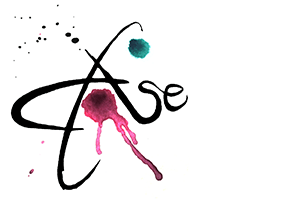
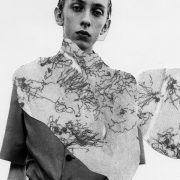
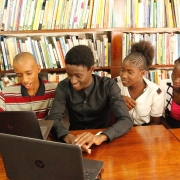 CASE center
CASE center 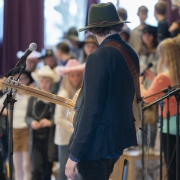 Kari Svanberg
Kari Svanberg 